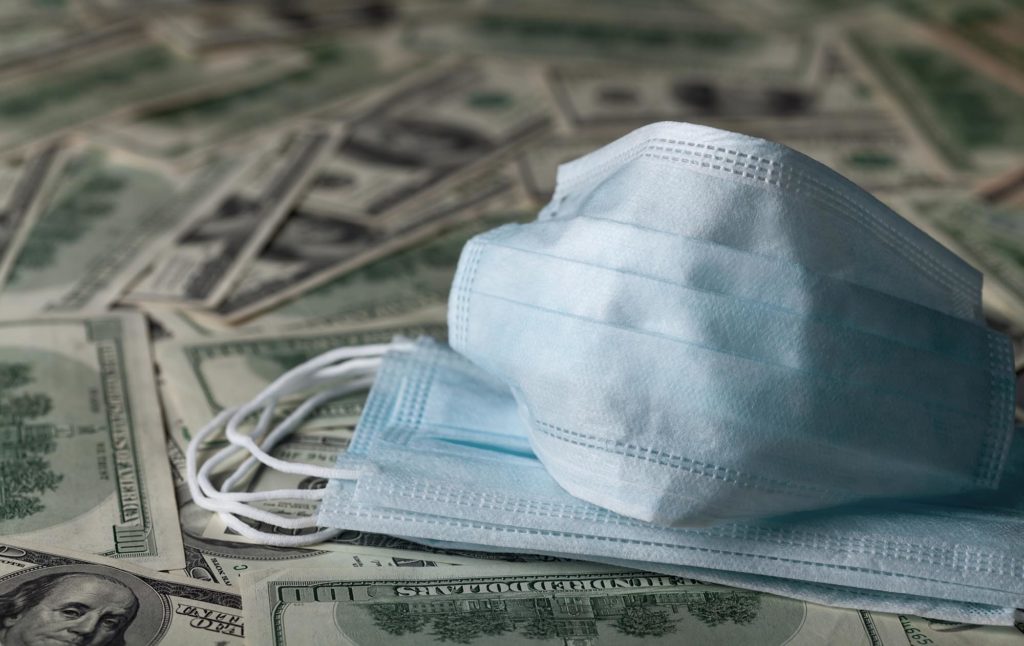News
Rapid Disbursement of COVID-19 Healthcare Provider Relief Funds: What You Need to Know
 The Coronavirus Aid, Relief, and Economic Security Act, or CARES Act, dedicated $100 billion in funding to hospitals and other healthcare providers in response to the Coronavirus Disease (“COVID-19”) pandemic. Much of that funding has not yet been released, and the Federal Government has recognized that health care providers are needed on the front-lines to combat the pandemic. Under an initiative to rapidly disburse $30 billion of CARES Act funding, the Department of Health and Human Services (“DHHS”) recently announced it will automatically issue payments to eligible health care providers to fund health care expenses and lost revenue attributed to COVID-19 (“Provider Relief Funds”). Unlike other funding initiatives intended to provide relief to healthcare providers during COVID-19, the Provider Relief Funds do not need to be repaid if used properly and are not issued on a first come, first serve basis.
The Coronavirus Aid, Relief, and Economic Security Act, or CARES Act, dedicated $100 billion in funding to hospitals and other healthcare providers in response to the Coronavirus Disease (“COVID-19”) pandemic. Much of that funding has not yet been released, and the Federal Government has recognized that health care providers are needed on the front-lines to combat the pandemic. Under an initiative to rapidly disburse $30 billion of CARES Act funding, the Department of Health and Human Services (“DHHS”) recently announced it will automatically issue payments to eligible health care providers to fund health care expenses and lost revenue attributed to COVID-19 (“Provider Relief Funds”). Unlike other funding initiatives intended to provide relief to healthcare providers during COVID-19, the Provider Relief Funds do not need to be repaid if used properly and are not issued on a first come, first serve basis.
Providers and facilities are eligible to receive the Provider Relief Funds if they: (i) received Medicare fee for service reimbursement in 2019, (ii) currently have active Medicare privileges and are not otherwise excluded from participation in Medicare, and (iii) treat patients with possible or actual cases of COVID-19 (“Providers”). The Providers will each receive a proportionate amount of the Provider Relief Funds based upon the Provider’s total Medicare fee for service reimbursement in 2019. To estimate this amount, Providers may divide their total number of Medicare payments for 2019 by $484,000,000,000 and multiply the ratio by $30,000,000,000. The DHHS will automatically coordinate payment to each Provider either via direct deposit or paper check, depending upon the Provider’s regular method of receiving Medicare payments.
Once received, the Provider has thirty (30) days to accept or reject the Provider Relief Funds.
To reject the Provider Relief Funds, the Provider must timely contact the DHHS and return the payment as instructed. To accept the Provider Relief Funds, the Provider must timely sign an attestation acknowledging receipt of the funds and agreeing to the terms and conditions of payment. Notably, the Provider must agree to use the Provider Relief Funds in a restricted manner, including only to prevent, prepare for, and respond to COVID-19 and for health care related expenses or lost revenue attributable to COVID-19. In connection with the care of an actual or possible case of COVID-19 to an out-of-network patient, the Provider must agree to limit the patient’s out of pocket expenses only to those expenses charged to an in-network patient. There are a multitude of other terms and conditions of payment, including general parameters on the use of federal funding. The full terms and conditions of use are currently available through this link, and should be reviewed by every Provider in determining whether to accept or reject the Provider Relief Funds. The attestation is available beginning on April 13, 2020.
If funds are accepted, Providers must demonstrate compliance with the terms and conditions by creating and maintaining records and cost documentation to substantiate the use of the Provider Relief Funds. Providers may also be required to submit reports to the DHHS or designee in a manner set forth in the terms and conditions. If you have any questions related to the Provider Relief Funds, the Johnson Pope Health Care Team is happy to assist.
THIS ARTICLE IS PROVIDED FOR INFORMATIONAL PURPOSES ONLY AND SHOULD NOT BE CONSIDERED LEGAL ADVICE. LEGAL ADVICE CANNOT BE GIVEN WITHOUT INFORMATION ABOUT YOUR SPECIFIC SITUATION.

